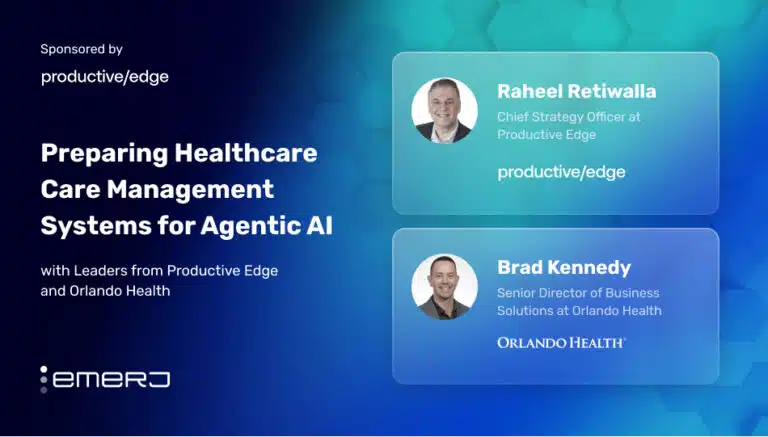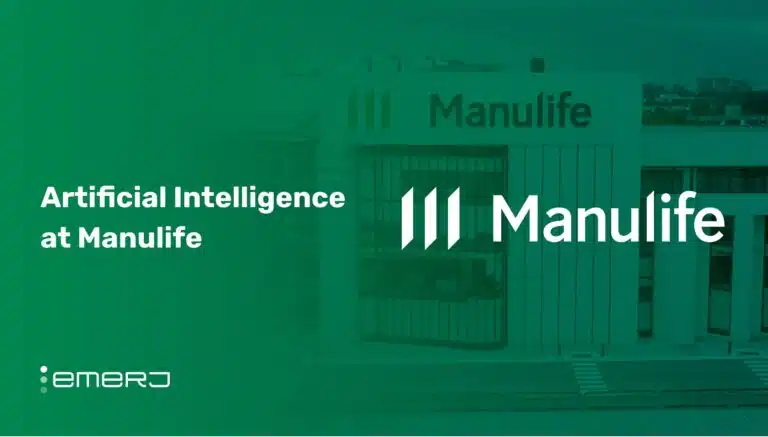The Software-as-a-Service (SaaS) model has experienced remarkable growth in the fintech sector over the past decade. According to research from Boston Consulting Group, fintech revenues are projected to increase sixfold by 2030, reaching $1.5 trillion.
Much of the same growth is mirrored in the larger B2b SaaS market. According to the ESOMAR-associated Verified Market Research group, the B2b SaaS market was valued at $327.74 billion in 2023 and is expected to grow to $1.08 trillion by 2030, with an annual growth rate of 18.7% from 2024 to 2030.
In contrast, a Harvard Business Review report highlights a significant decline in the SaaS market, particularly in the fintech sector since such products aren’t built into consistent workflows – as in Hubspot and sales cadences, as an example. However, as the title suggests, the report still indicates the potential for a “rebirth” of software as a service for legacy industries into the next half-decade.
Sinequa, a company that offers an AI-powered Intelligent Search platform, made a decision to move one of its products to a SaaS model. Emerj CEO and Head of Research Daniel Faggella spoke with Vice President of Cloud and SaaS at Sinequa Adrien Gabeur to discuss the reason behind this transition.
In the following analysis of their conversation, we examine two key insights:
- Collaborate with customers for product development: Engaging in pilot programs with customers to gather feedback and refine products, ensuring they meet real-world needs and expectations, leading to more effective and relevant solutions.
- Integrate multiple systems for unified access: Implementing data connectors to integrate various applications (e.g., Box, OneDrive, SharePoint, Salesforce) into a single searchable index, leading to better information organization and providing users with a unified access point.
Listen to the full episode below:
Guest: Adrien Gabeur, Vice President- Cloud and SaaS, Sinequa
Expertise: SaaS, Entrepreneurship, Leadership
Brief Recognition: Adrien Gabeur is Vice President- Cloud and SaaS at Sinequa, where he directs the creation and enhancement of Sinequa’s SaaS solutions. He did his Master of Science in Management Science & Engineering from Columbia Engineering.
Collaborate with Customers for Product Development
Adrien opens the podcast by explaining that his company is transitioning its self-managed product, Staff Manage, into a Software as a Service (SaaS) platform to reach a broader audience, including small to medium-sized businesses. The shift allows for faster activation and marks the company’s evolution from a single product to a multi-product organization as it will continue to offer both the self-managed and SaaS versions of its platform.
Adrien further notes that cloud computing has shifted the deployment of self-managed products from on-premises to the cloud, making closed identity products more feasible. Advances in supercomputing and infrastructure, like infrastructure as code, now allow complex, open-source platforms to scale effectively as SaaS offerings. By leveraging these technologies and hosting on Azure, the company can automate and scale its enterprise services more efficiently.
Adrien outlines a two-part process the company has undertaken:
- Transition to SaaS: The company started by converting a self-managed software product into a SaaS platform. The “lift and shift” transition involved automating operations and designing the platform to operate efficiently and at scale in the cloud.
- Building New Products: With the SaaS platform established, they moved on to developing their first product, Workplace Search. This product leverages insights and best practices from previous projects across various industries. The goal is to create a versatile solution that addresses everyday needs, such as breaking down data silos and providing a unified access point to information, making it applicable to a broad range of use cases.
Adrien continues to highlight two key approaches to developing their new product:
- Leveraging Experience: They drew on their extensive experience from working on Enterprise Search projects over the past 5-10 years. This accumulated knowledge helped them understand what works and what doesn’t, allowing them to build a more effective product.
- Collaborating with Customers: They conducted a six-month pilot program involving various customers. This collaboration helped them gather feedback, refine ideas, and ensure the product aligns with actual customer needs and expectations.
Integrate Multiple Systems for Unified Access
Adrien highlights the key features and benefits of Workplace Search. The tool addresses the significant challenge of managing information silos by connecting to various systems such as Box, OneDrive, SharePoint, and Salesforce. He explains to Emerj how Sinequa’s software indexes and enriches content from these different platforms, making it searchable and securely accessible to users. These integrations solve the problem of scattered information, providing a unified way to access content.
Additionally, Workplace Search enhances collaboration by allowing users to find experts within their organization, which is particularly valuable in remote or distributed work settings. Users can search for individuals with specific knowledge and access content related to their expertise, making it easier to get the right information.
The tool also supports content reuse and sharing, enabling users to locate and utilize documents like slides and other files. These features promote efficient collaboration by facilitating the discovery and distribution of useful content.
He further explains that with the rise of remote work and distributed teams, finding and retaining organizational knowledge has become more challenging. Unlike in traditional office settings, where you could easily walk over to a colleague’s desk, remote work requires new methods for connecting with knowledgeable individuals.
Adrien emphasizes how Workplace Search aims to bridge this gap by helping users find the right experts within the organization. The tool provides contextualized search results, allowing users to not only find individuals with specific expertise but also access relevant information about them.
These search features include details such as the latest documents they’ve worked on, their team, and their location. It ensures that users can find not just any expert but the one who is best suited to help with their specific needs while maintaining security and access control.
He points out that as companies grow, especially mid-to-large ones, they often use around 15 different applications, each containing valuable information. With the rise of SaaS, the number of tools continues to expand, creating challenges in accessing and integrating data.
Workplace Search addresses this issue by offering over 200 data connectors that integrate various systems into a single searchable index. These connectors help consolidate information from different applications—such as document management systems, emails, and CRMs—into one platform:
“Our job is really to provide the glue between that which is bringing everything together into one application where you can search and find all the information you need with the best elements we can provide. So that you don’t spend time going through those cycles, but actually finding this information focusing on what you’re supposed to do, which is using that information to make a decision or to produce something you’re supposed to produce.”
—Adrien Gabeur, Vice President of Cloud and SaaS at Sinequa
Adrien emphasizes that the effectiveness of Workplace Search is fundamentally tied to the quality and performance of its content connectors. These connectors are essential for integrating data from various sources into the tool, making the content searchable and enriched. The development and maintenance of these connectors are a core part of their value proposition, ensuring that they perform at the required speed and security levels.

















